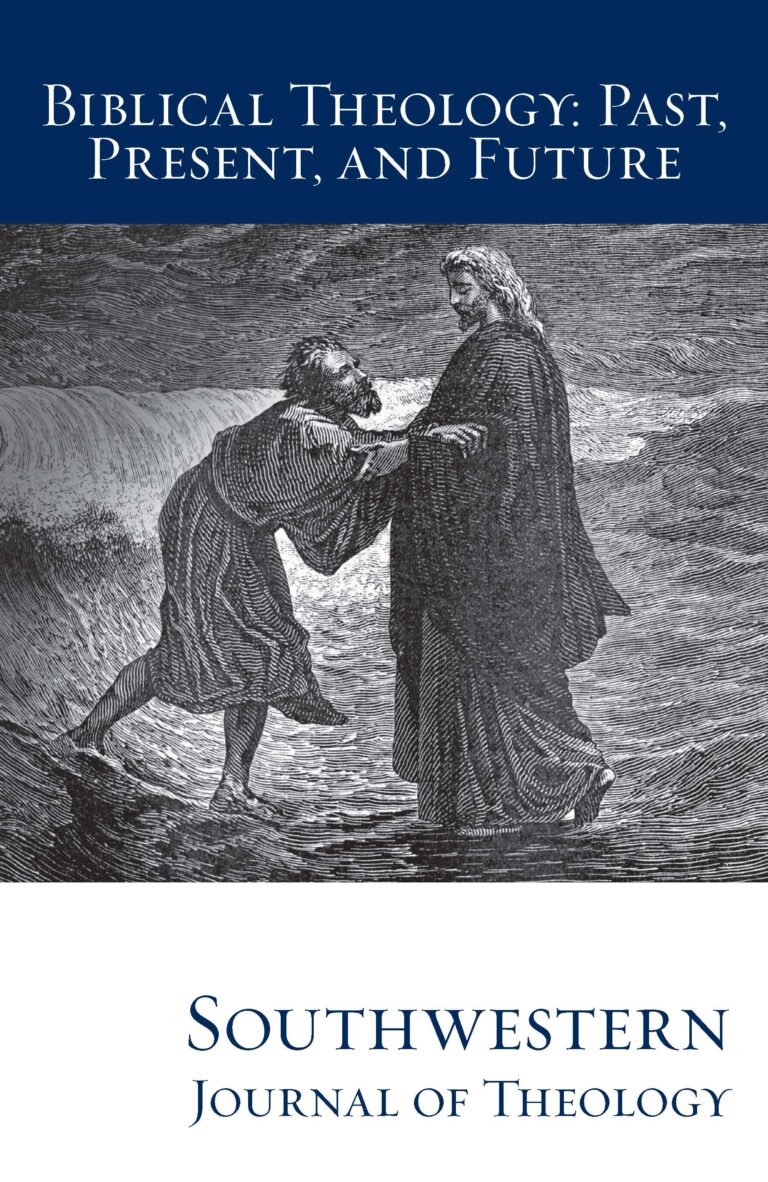
Biblical Theology: Past, Present, and Future (II)
Southwestern Journal of Theology
Volume 56, No. 1 – Fall 2013
Managing Editor: Terry L. Wilder
By Stuart Murray. Scottdale, PA: Herald, 2010. 190 pages. Softcover, $13.99.
As the Western world heads further into post-Christendom, Stuart Murray contends that the Anabaptist tradition offers “a prophetic movement whose voices we need to hear today” (33). Murray provides an introduction to the heritage of the Anabaptist tradition for those unfamiliar with Anabaptism and for those whose curiosities have been piqued by contact with that tradition. That introduction comes via Murray’s outline of the core convictions of contemporary Anabaptists and a narrative of the movement’s history.
Murray, writing primarily for a British and Irish audience, joins many scholars hoping to identify the central distinctive of Anabaptist (or in Murray’s case, neoAnabaptist) thought. For Bender it is discipleship while it is a more nuanced idea of “existential” Christianity for Friedmann and ecclesiology for Littell. Murray’s distillation is not as reductionistic. He finds seven core convictions, namely following and worshiping Jesus, Jesus’ centrality, the end of Christendom, the danger of associating Christianity with established society, a distinctive believers’ church ecclesiology, the interconnectedness of the spiritual and the economic, and the importance of peacemaking (45-46). In these core convictions, Murray seeks to provide a view of “naked” Anabaptist–Anabaptism in a non-enculturated form, without the “clothing” various inheritors of the Anabaptist tradition wear (43-44). While Murray speaks figuratively of the unique cultural forms different Anabaptist communities take, the metaphor aptly points to his purpose of introducing Anabaptism to those who might only be familiar with the literal distinctive dress of many Anabaptist groups. The bulk of the book (chaps 3-6) go into greater depth about what these convictions mean for present-day Anabaptists.
Though Murray’s first conviction shows an affinity to earlier suggestions of what the essence of Anabaptism might be, it is the third and fourth convictions that shap the basis of Murray’s purpose for the book. Murray often speaks of Anabaptist convictions making “sense in a post-Christendom culture” (49) and of Anabaptism as “a movement whose time has come” (22). In introducing outsiders to the Anabaptist tradition, Murray presents a group that has longed wrestled with the question of how the Christian faith might operate outside of societal privilege, a condition more acute among Murray’s primarily European audience than yet in the United States. Murray notes that Anabaptists always had a minority status but “the Anabaptist heritage of operating on the margins of Christendom means that this tradition has distinctive contributions to make as western Christians from all traditions move from grieving the end of Christendom” (81).
Murray’s work, though not scholarly, is well informed. After detailing the core convictions, Murray gives a competent introduction to Anabaptist origins, noting the diversity out of which the movement eventually coalesced (136). Having identified central tenets of sixteenth-century Anabaptism, Murray briefly narrates the development of the movement while pointing to contemporary expressions. The contemporary expression on which Murray is most focused is what he labels the “neo-Anabaptists,” who are those from various denominational backgrounds that bring Anabaptist influence into their own traditions (154). It is at this point that Murray finds an affinity with the emergent churches. He often quotes Brian McLaren approvingly, repeating that the emergent church of today follows the spirit of the Anabaptist of centuries ago (27, 96-97).
Part of Murray’s goal in introducing Anabaptism is to give an honest portrayal of the movement including the faults to which Anabaptists have been susceptible. Though Murray is not idealistic about Anabaptism in either its early or contemporary forms, he remains apologetic. For instance, when remarking on the tendency of Anabaptists to practice church discipline in an excessively harsh manner, Murray shoots back that “at least they didn’t execute those who stepped out of line” (104). That certainly is a critique of the typical response toward Anabaptism of Christendom, of which he is severely critical. Despite his admittance of Christendom’s “achievements and treasures” (72), one would be hard pressed to find Murray identifying what any of these might be. Nonetheless, Murray’s recognition of the similarities between the situations faced by the Anabaptists and by the whole of Western Christianity is incisive, providing a helpful starting point for both churches and individuals in confronting the shift to a post-Christendom society.
Much has been written about post-modern philosophy and how the church should respond to those changes but The Naked Anabaptist alerts the church to the parallel concern of post-Christendom, with which the church must also interact. In many ways Murray has stripped Anabaptism down to its barest essential so that those who must face the advent of a post-Christendom world might have guidance, even if not a complete goal, from a tradition that has historically operated outside of Christendom. The goal of historical theology is thus upheld–that the answers of those who have gone before may inform the questions that are faced today.





